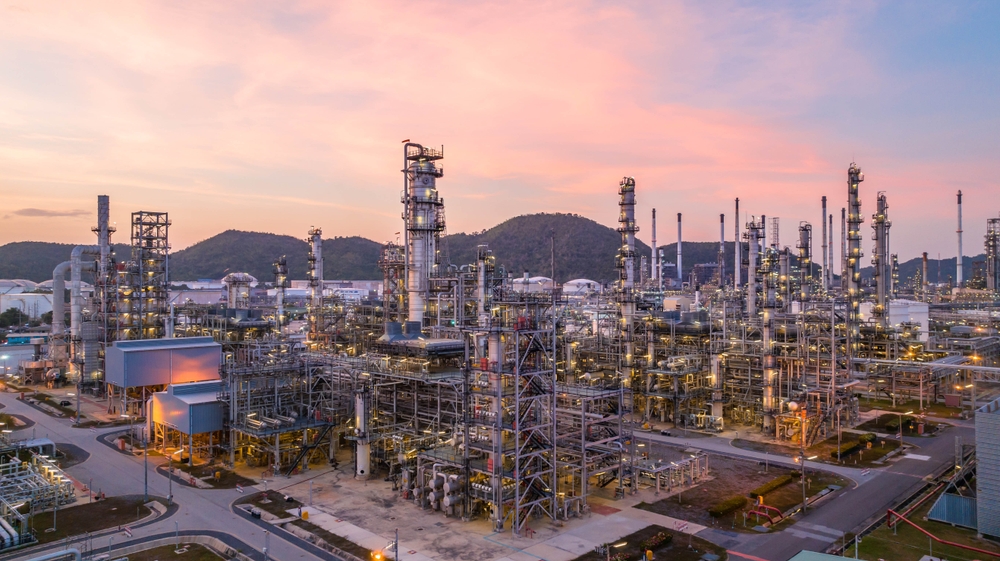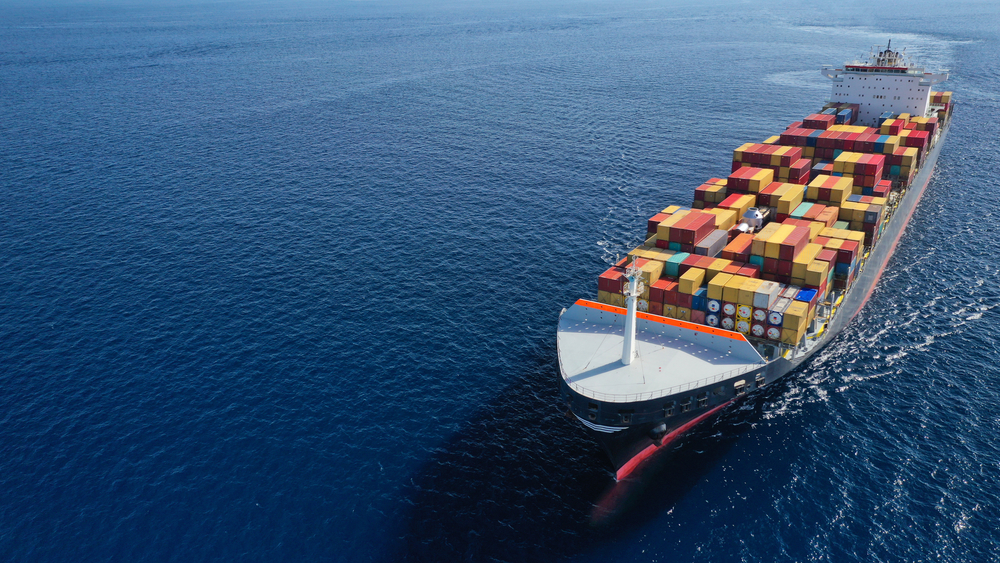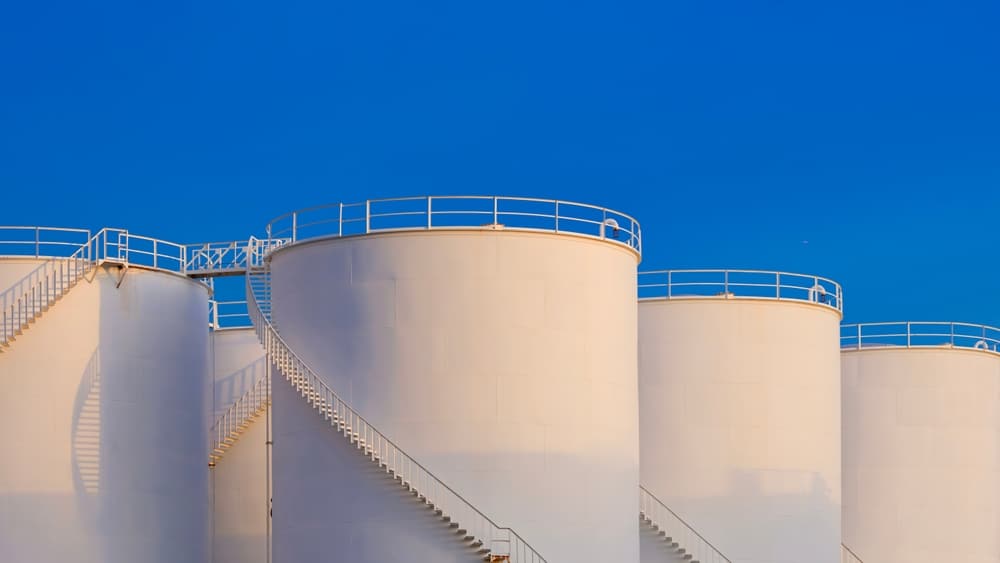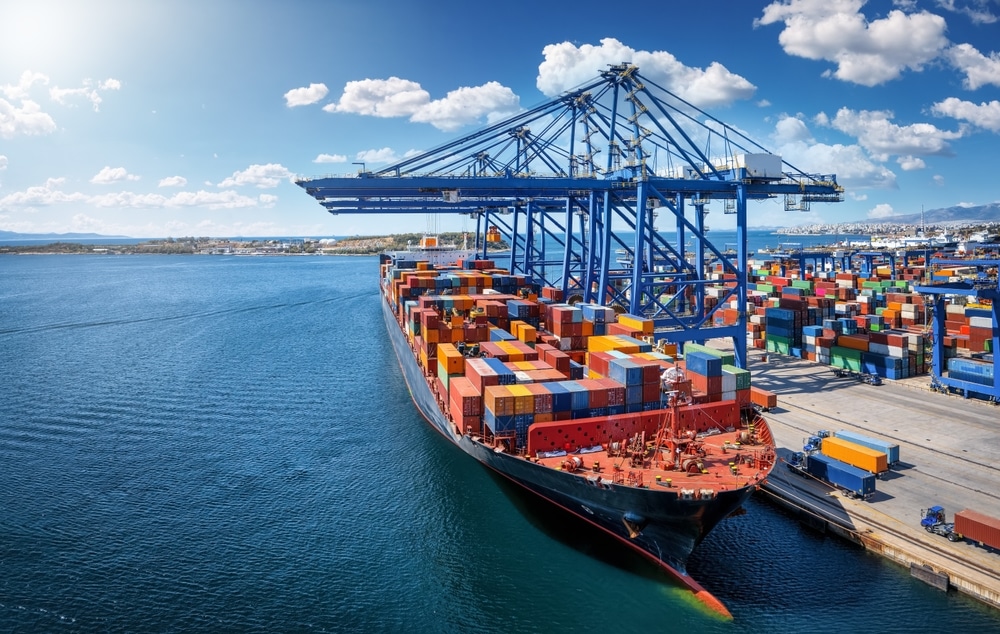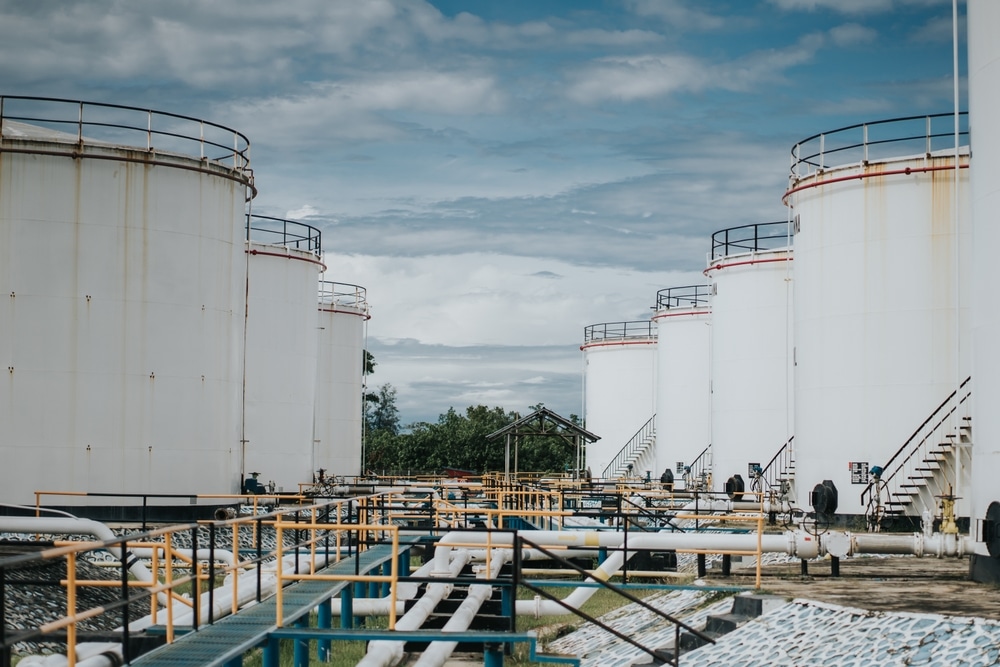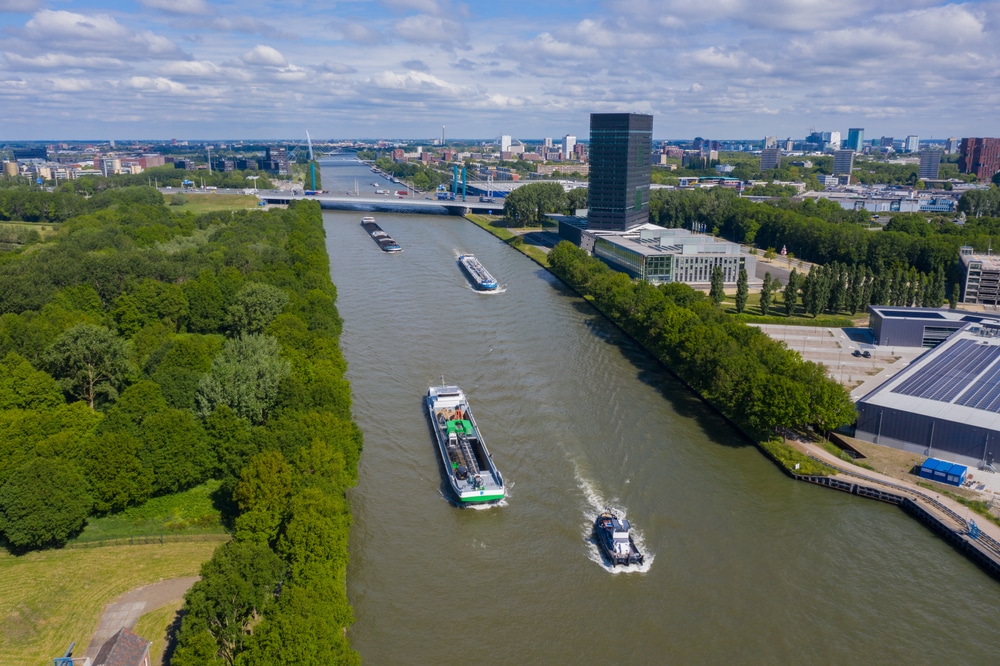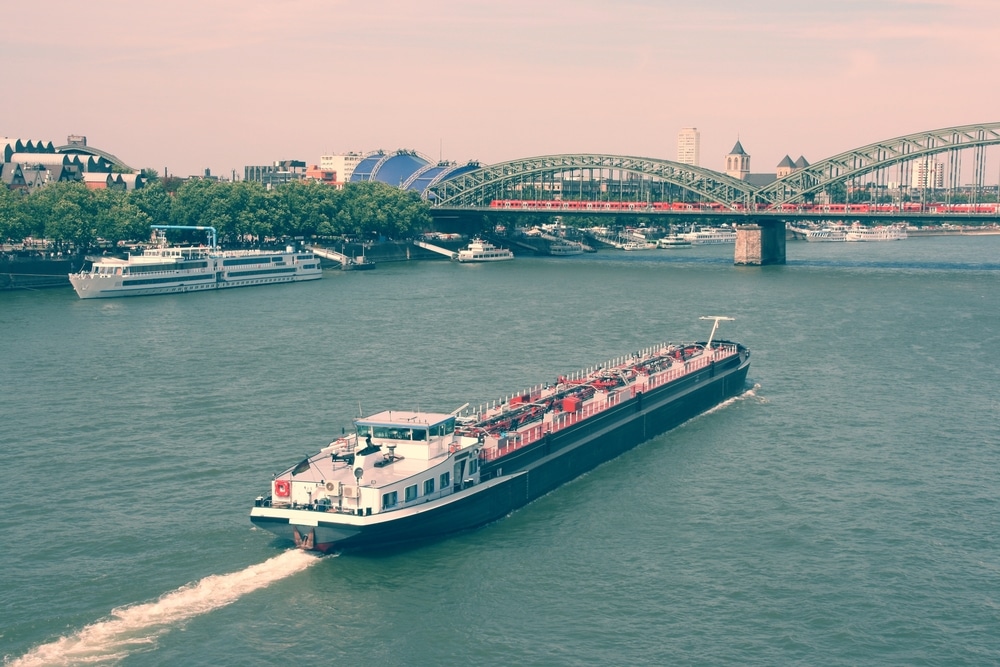Europe’s refining sector is under significant strain. With margins being compressed by rising operational costs and declining demand, European refiners are finding it increasingly difficult to compete with newer, more efficient facilities in other parts of the world.
Regions like the United States, India, and the Middle East benefit from cheaper crude feedstock, lower energy prices, and newer infrastructure. This allows them to weather market volatility and absorb price shocks more effectively than their European counterparts. In contrast, many European refineries operate on legacy infrastructure with higher energy and compliance costs, and reduced flexibility in processing varied crude slates.
Adding to the pressure, massive new refineries have come online in the last two years in regions like the Middle East, Latin America, and West Africa. These facilities boast higher complexity, modern configurations, and large production capacities. Their scale and integration enable superior cost-efficiency and product yields compared to aging European plants.
Take Shell Pernis, for example — Europe’s largest refinery. Despite its size and history, it now faces stiff competition from newer facilities that can operate at a fraction of the cost with superior output flexibility. This changing landscape threatens to erode Europe’s historical position as a refining powerhouse.
Strategic Implications: European refiners must rethink their business models. Options include investing in modernization, pivoting toward specialty products and biofuels, or transitioning assets toward import/export and storage hubs. Collaborating with terminals and traders could open up new value streams in the logistics ecosystem.
The refining map is being redrawn. If Europe doesn’t adapt, it risks losing more than margin — it could lose its relevance in the global energy equation.
Now is the time to assess competitiveness and define a long-term strategic pathway for your refining assets.
What’s next?
Are you ready to face your challenges head-on?
We now offer a FREE customized trial to our BargeINSIGHTS tool, an all-in-one platform for liquid bulk barge transport optimization.
With BargeINSIGHTS, you get instant insights into barge freight rates, bunker gas oil prices, water levels, vessel tracking, and barge availability—all in one place. No more time-consuming data collection; everything you need is at your fingertips.
Click here to schedule your demo and get access to BargeINSIGHTS for free!

